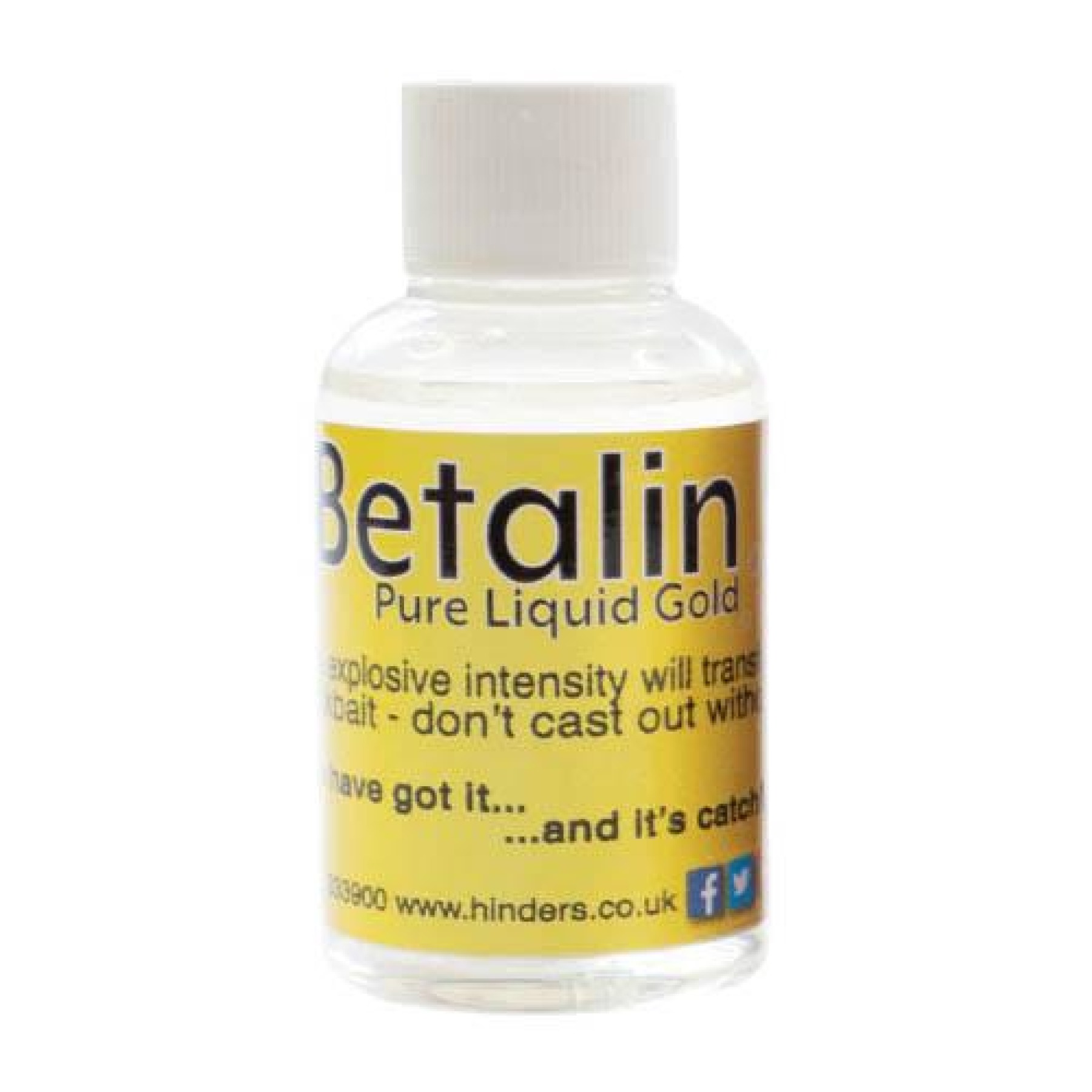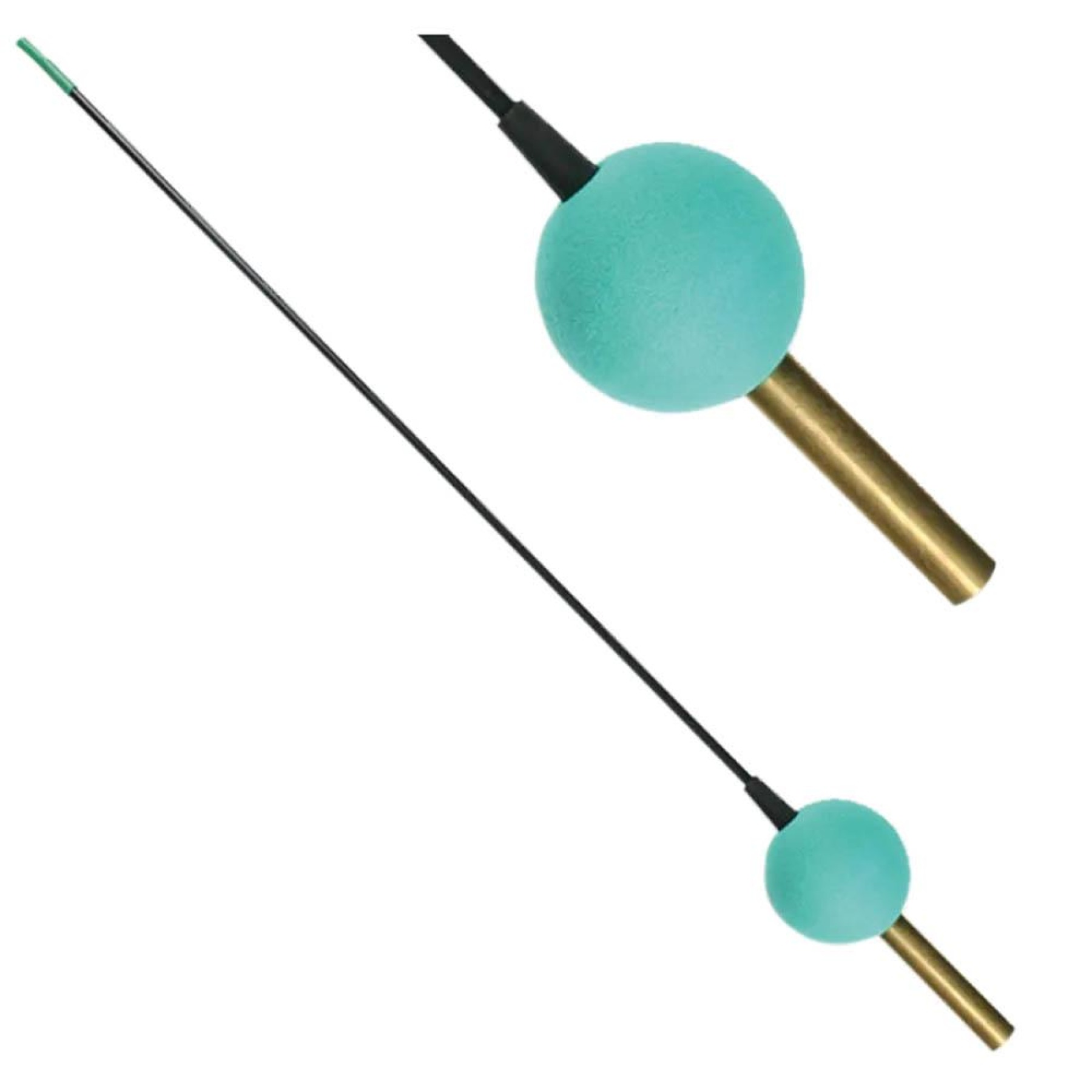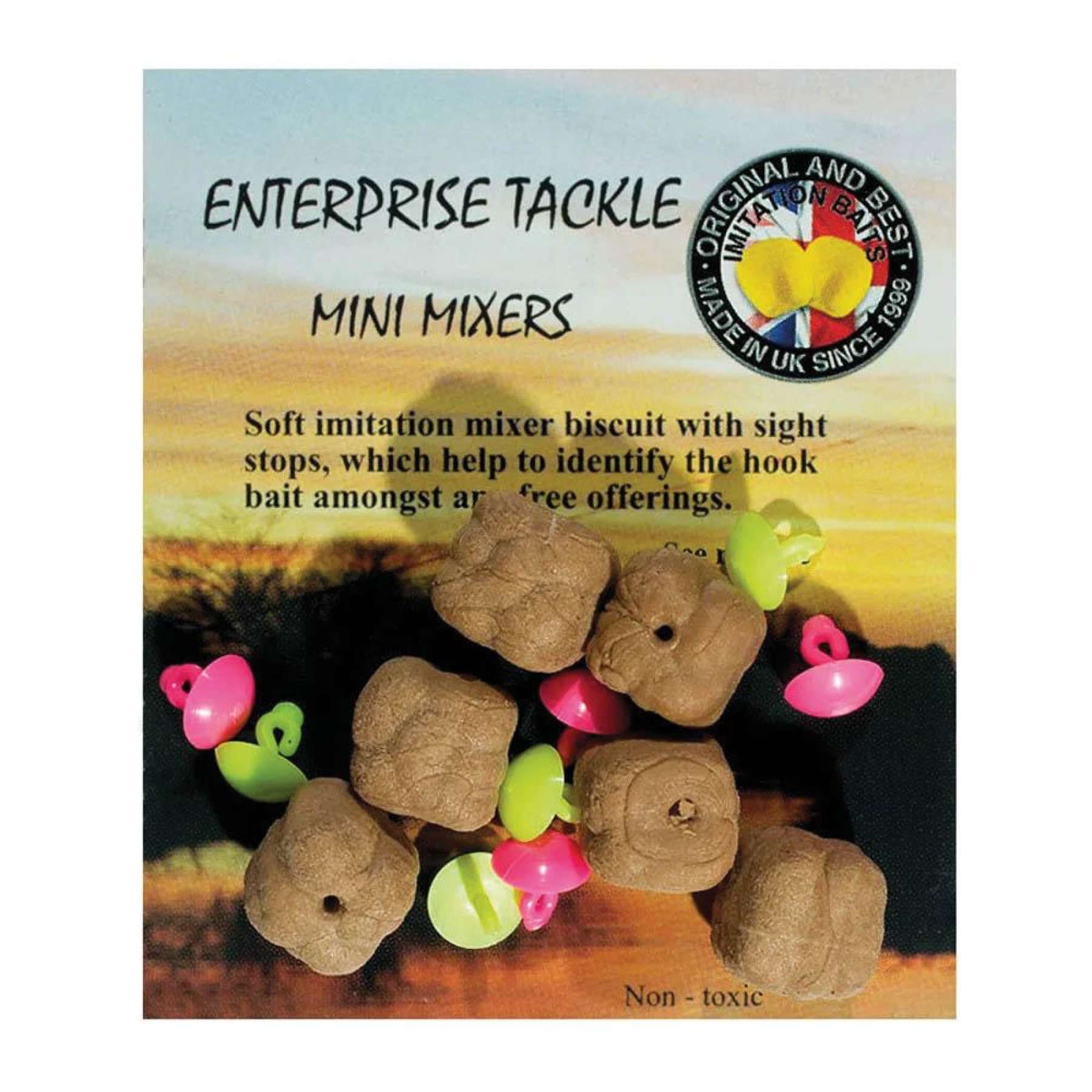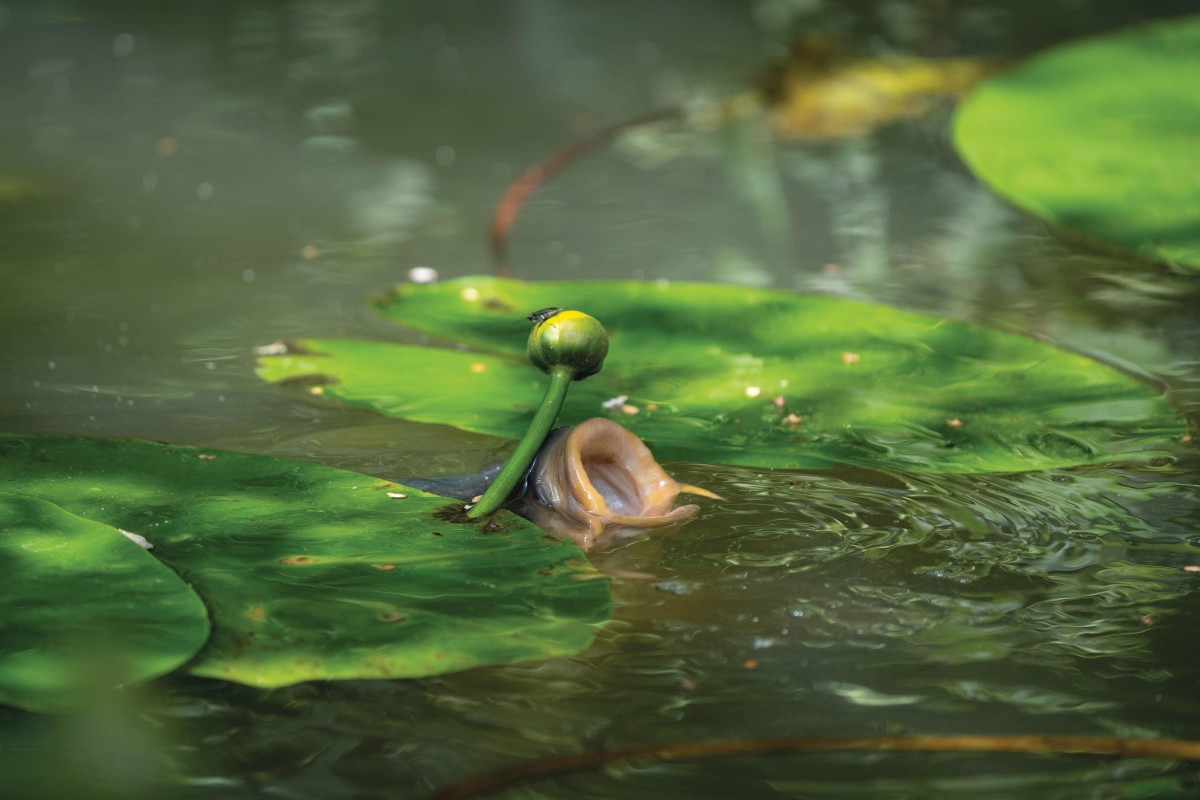
Surface Tension
Catching carp from the surface isn’t always as easy as we’d like it to be. Keith Sykes offers some tricks and tips to help you get the most from this incredibly enjoyable method of fishing
There is little to beat the sight of ‘clooping’ carp in the margins, followed by swirls as another anticipated take becomes an abortive one. If you are lucky, the controller might just wobble in the surface layers. Gingerly, a few more pouches of surface feed are introduced as the nearing fish soon regain confidence to feed, albeit still tentatively. The rod hoops round and a massive bow wave forms as an angry, startled carp lunges and makes a bid for its freedom. This time, the climax is short-lived, and she escapes to fight another day. Such is the tension of surface-fishing for wily carp… but there lies more within the word ‘tension’ than first meets the eye.
Abortive takes aren’t always associated with overcaution, rather a fish will have totally misjudged placement of the hookbait as something—invariably the line—spooked them. Hooks have also been associated with spooked fish, and if you take it to the extreme, then there is a means to mitigate this possibility.
Tension can become frustration, then, as you spook feeding carp. They abort, and as pressure on them heightens, they become more cautious and inspective of even the free offerings, let alone the tethered hooker.
The following might relieve this tension a little, and even, perhaps, lead to more landed fish. Where specific brand names are mentioned, these refer to products used by me, who is neither biased nor supported by said companies; for sure, there will be numerous suitable alternatives.
1. Keep It Taught
This is a contradictory statement, as whilst pre-stretched hooklink materials can be used widely and safely by game anglers and match anglers, given the forgiving nature of their rods and pole elastics, copolymer hooklinks are far safer when floater-fishing for carp. Soft, copolymer lines such as Drennan Supplex or Gardner Tackle’s Target are superb for open-water work. However, when fishing at range, if permitted, a braided main line such as Guru Pulse 8 used in conjunction with a long, mono hooklink gives the benefit of taught, direct contact with a taking fish. Use of a heavy controller, like a flat inline model from Korda or Nash, further enhances hooking capability. Be warned, though, the takes experienced with this set-up can be violent!
2. ‘Sticky Sharp’
Needle-sharp hooks come into their own when fishing on the top, and in sub-surface angling. Several dedicated wide gape patterns are available, but undoubtedly, one of the best is the Drennan Super Specialist, used with a short Hair or with the bait glued on.
3. Just Under?
Sometimes a hookbait fished just under the surface is more effective than one hard on the top. When presenting something that just breaks the surface tension, Zig bugs or damsel imitations can prove deadly.
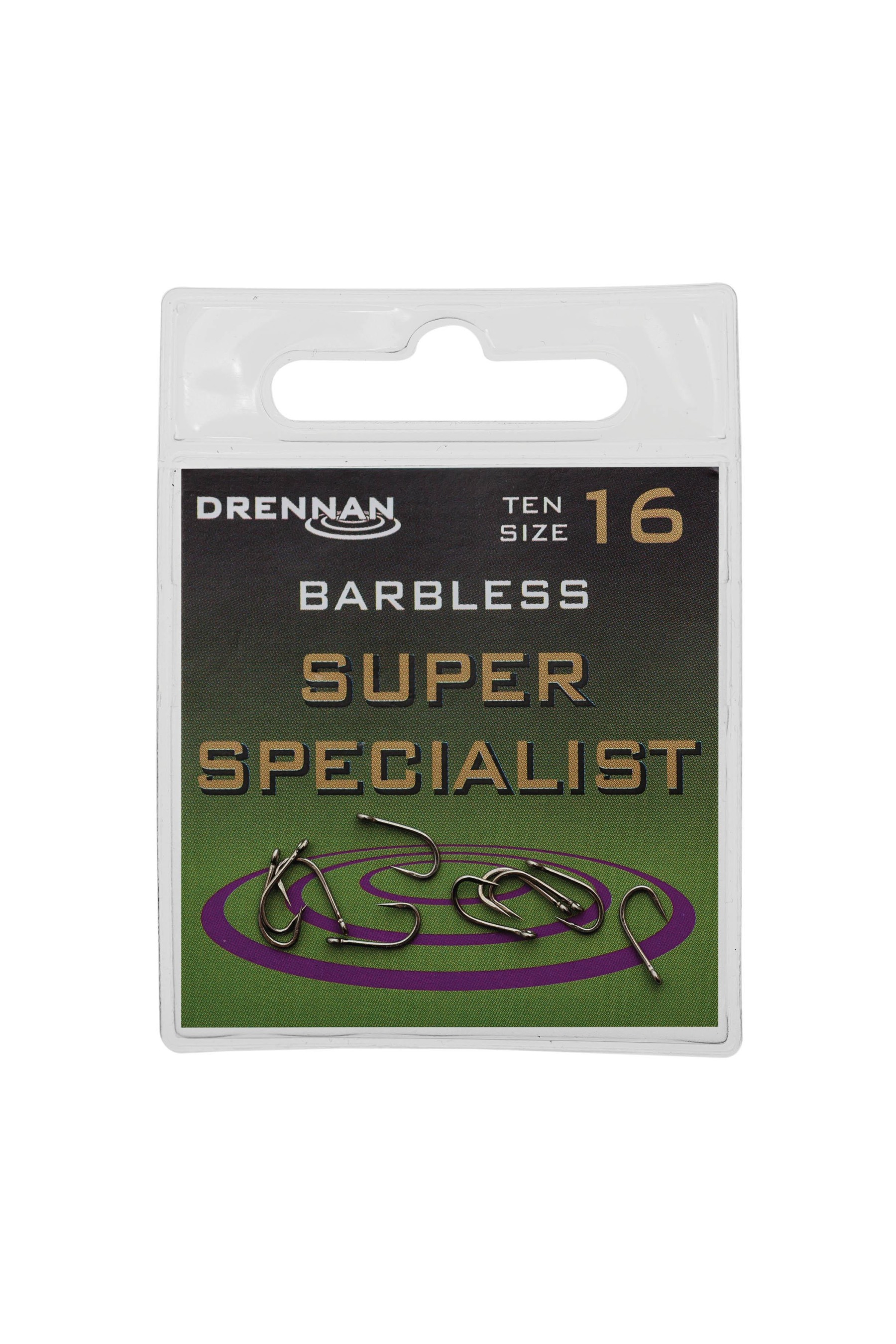
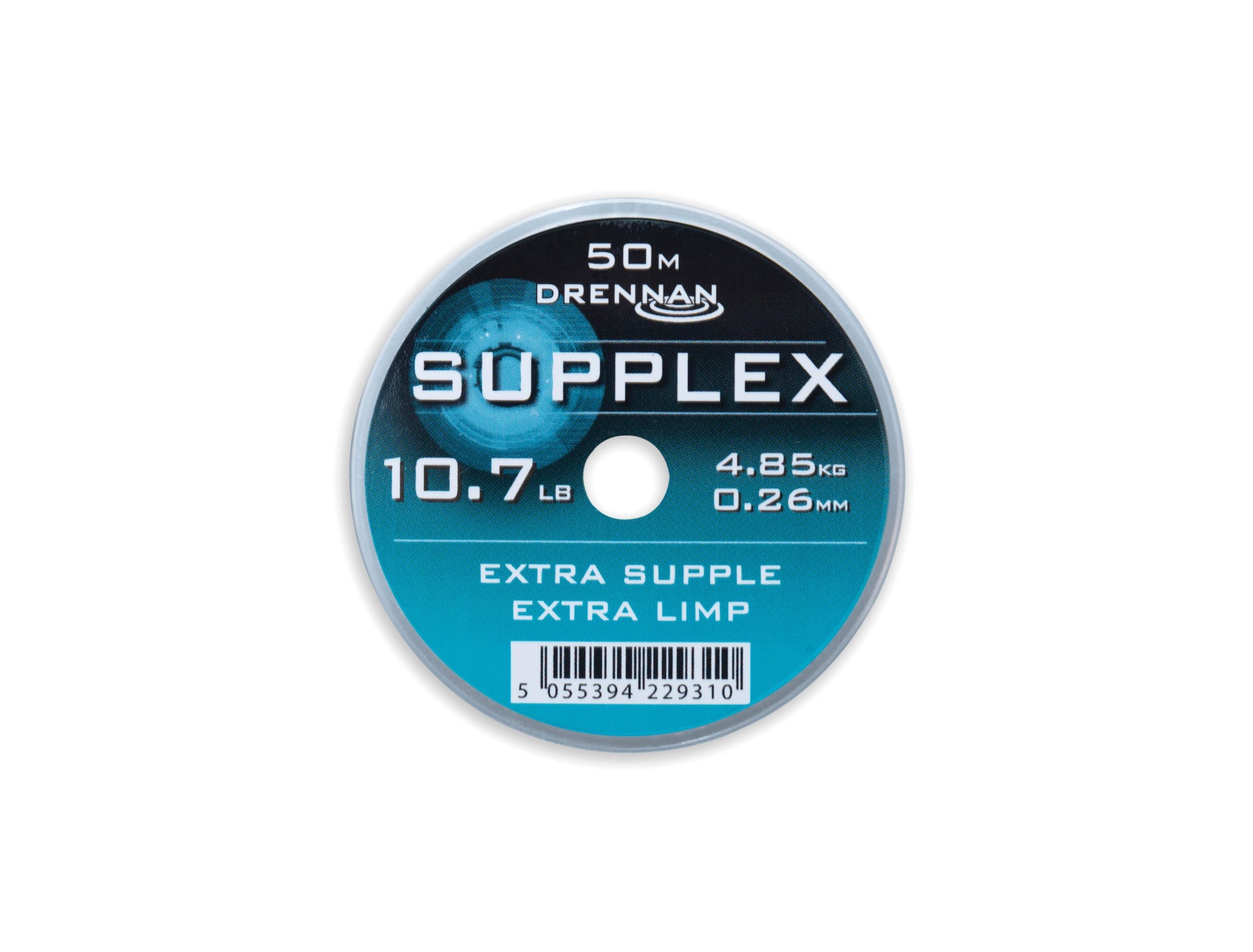
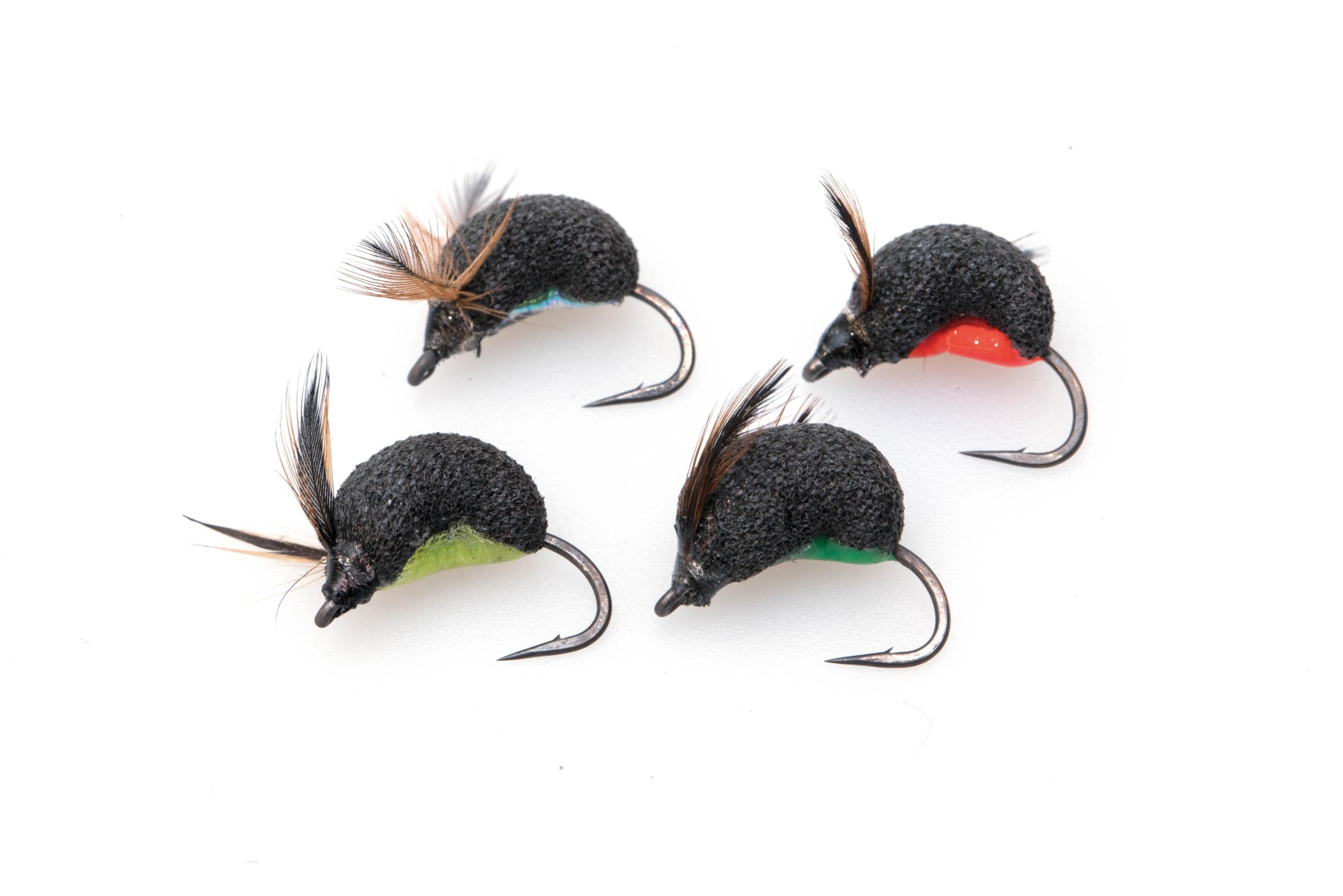
4. Slow Sinkers
These, too, can be deadly. When fish have been hammered off the top, slow-sinking baits fished on longish hooklinks seem to come into their own. A white hookbait scores heavily with naturally coloured pellets. Enhanced with Goos, these are awesome!
5. Break The Surface Tension: ‘Slicking’
Giving your feed pellets a topcoat of cod liver oil, or something similar, can be extremely effective. They can be further enhanced by mixing the oil with Nash Bait’s Crustacean Extract, or Hinders Baits’ C Food Concentrate. Add a slightly heavier feed liquid such as a fish hydrolysate for additional up-and-down attraction in the water column.
6. Who Said Bread Was Dead…?
Mashed bread fed in PVA bags can be devastating. If the number of waterfowl present allows, then a slow-sinking, white hookbait in amongst it all finishes
the trick!
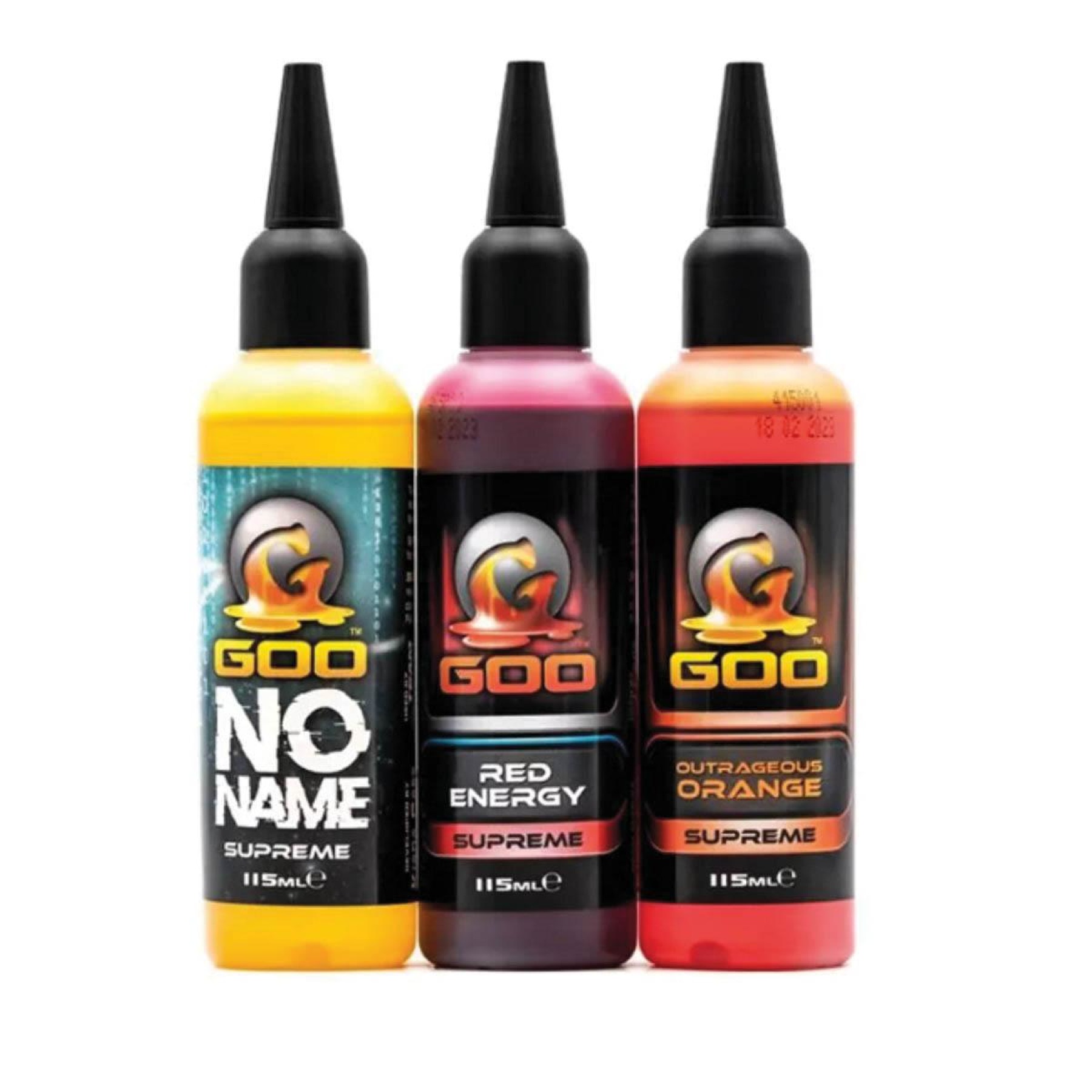
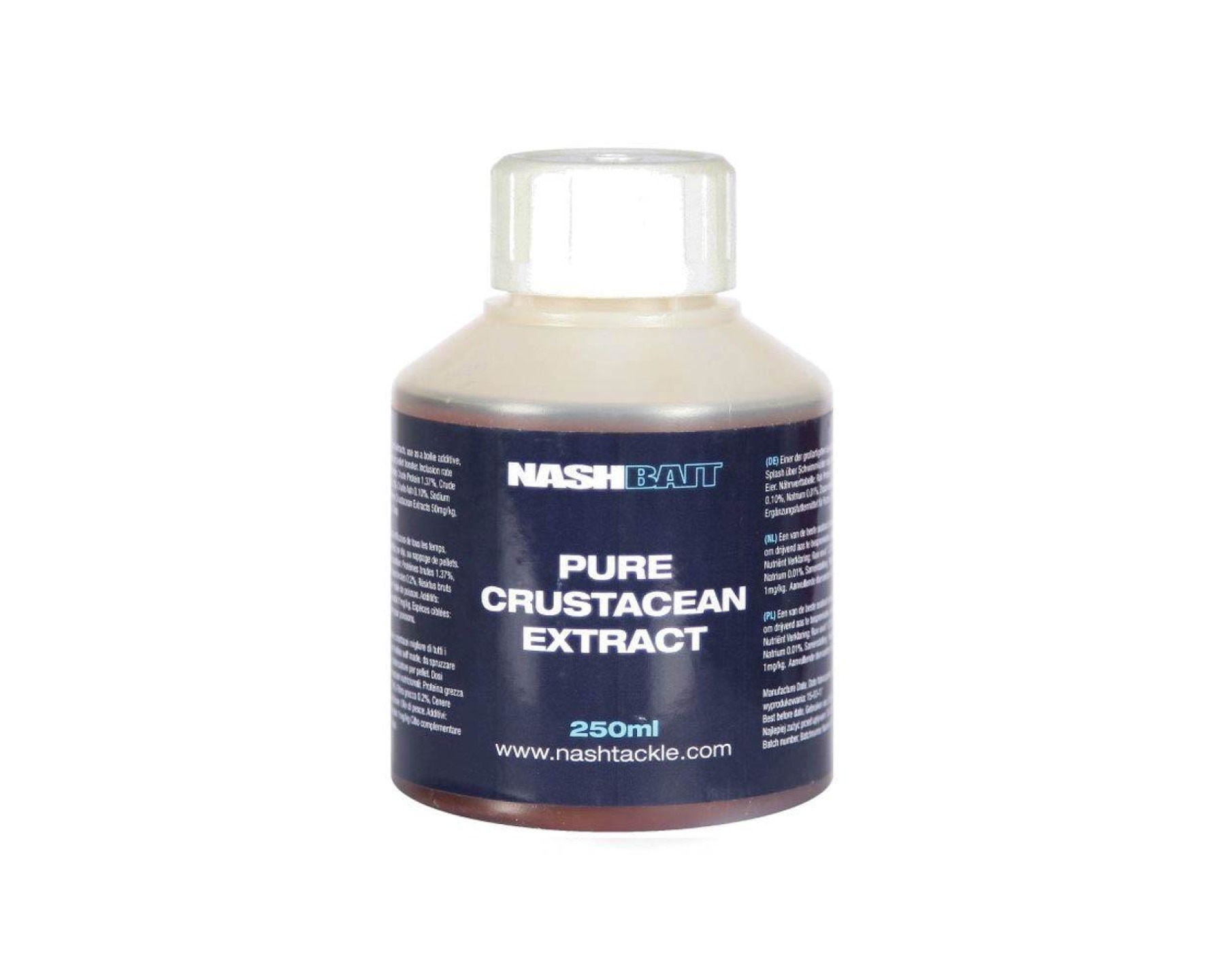
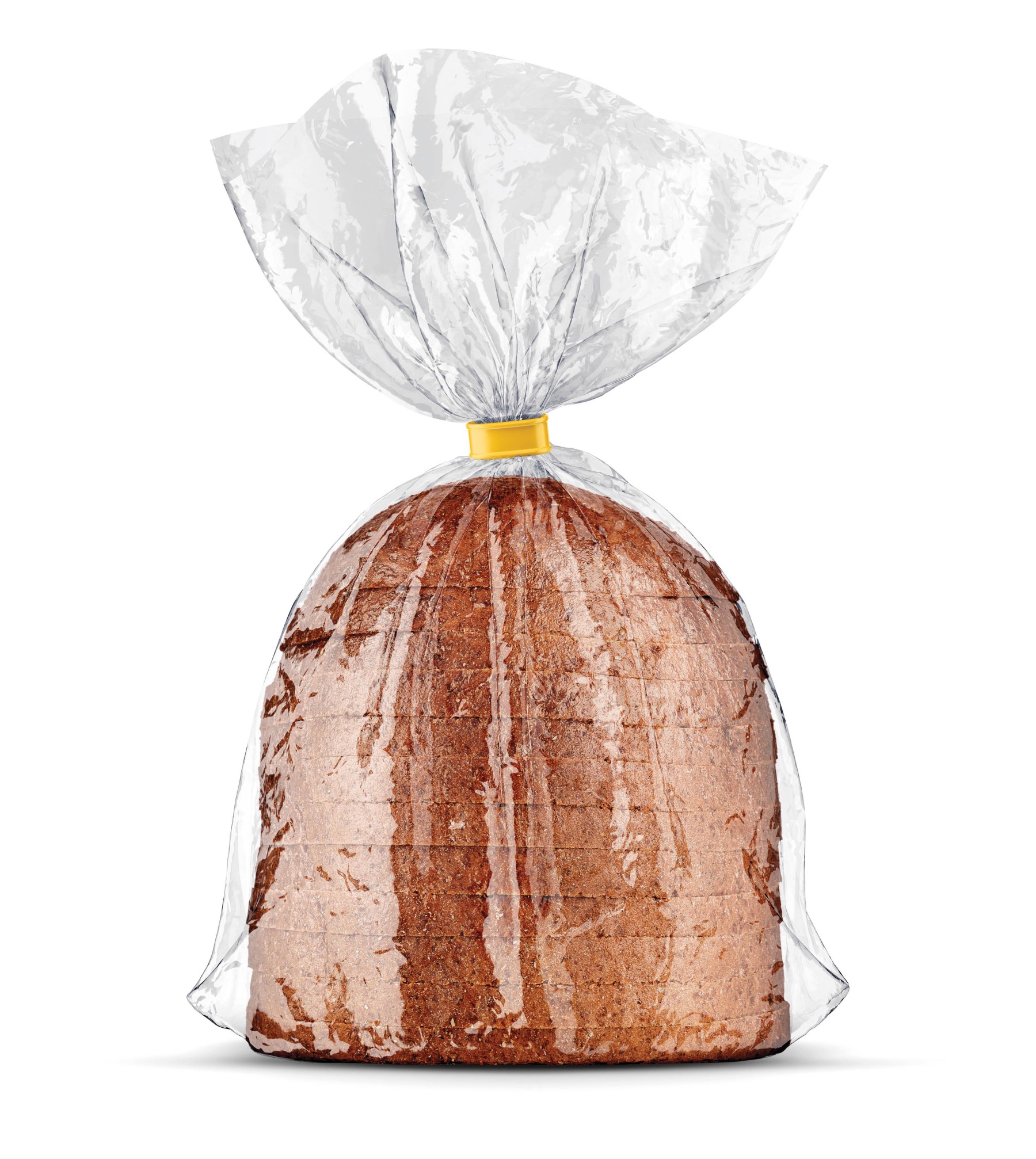
7. Magnify The Hooker
Making the hookbait stand out from the crowd, so to speak, can prove a bonus most of the time, as it’s then something the carp can easily pick out. Crazy flavours such as Betalin, Solar’s E12, Shellfish Sense Appeal, Crustacean Extract, or a strawberry oil are all excellent as a starting point, but experiment on the day. Bugs left soaking in these will sink slowly.
8. Everyone Likes A Suspender!
The beachcaster method, once mastered, can be a lethal technique, but it seems to have lost popularity, having been banned by many fisheries. Gardner Tackle’s Suspender Controller is a clever device and it works well, although it has limited application. Anglers become frustrated if it fails to rise as it’s designed to. A light coat of oil, however, will separate the surface tension and see your bait hang down on the water as it should, and you catching!
9. Upside Down
In New Zealand, game anglers use upside-down fly patterns for the ultra-shy trout found in their clear waters. In this country, there are patterns like the parachute fly. The hook sits up, out the water as the fly lands gently, like a parachute on the surface. Similarly, fishing the hook above the pellet or mixer works well. Is it an edge? Probably, but getting the set-up spot on can prove fiddly.
10. Fly Fishing For Carp
Recognised by those who have perfected the technique as the ultimate in surface, or sub-surface presentation, a cast fly creates very little noise when you’re targeting individual fish. The downside of the method is the limited range you can fish at. Also, of course, you need to be able to cast a fly, and preferably, double haul.
